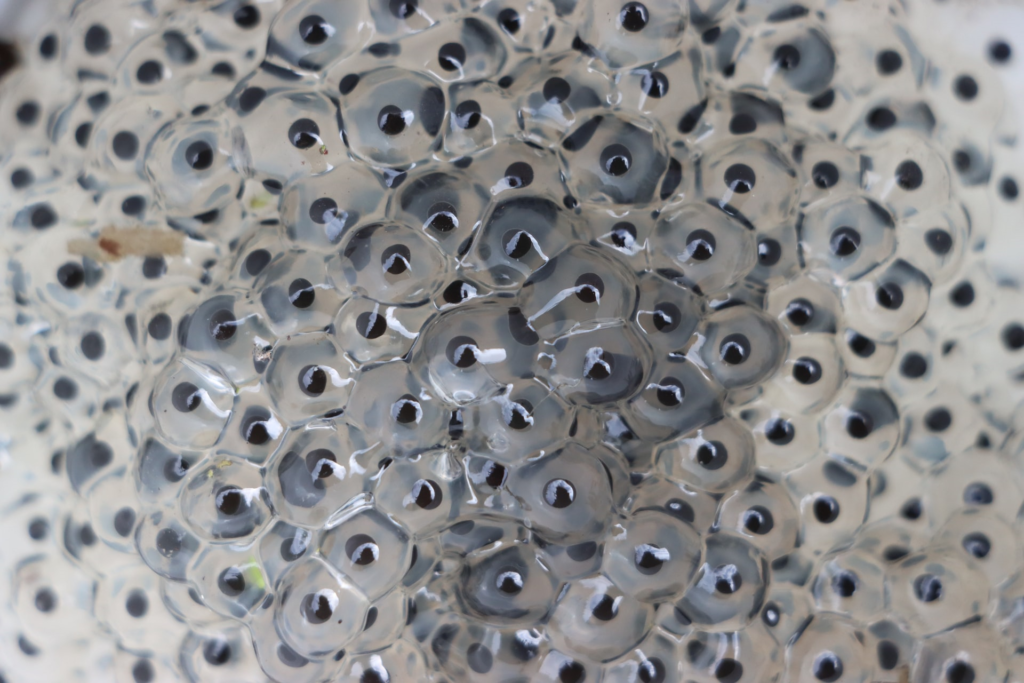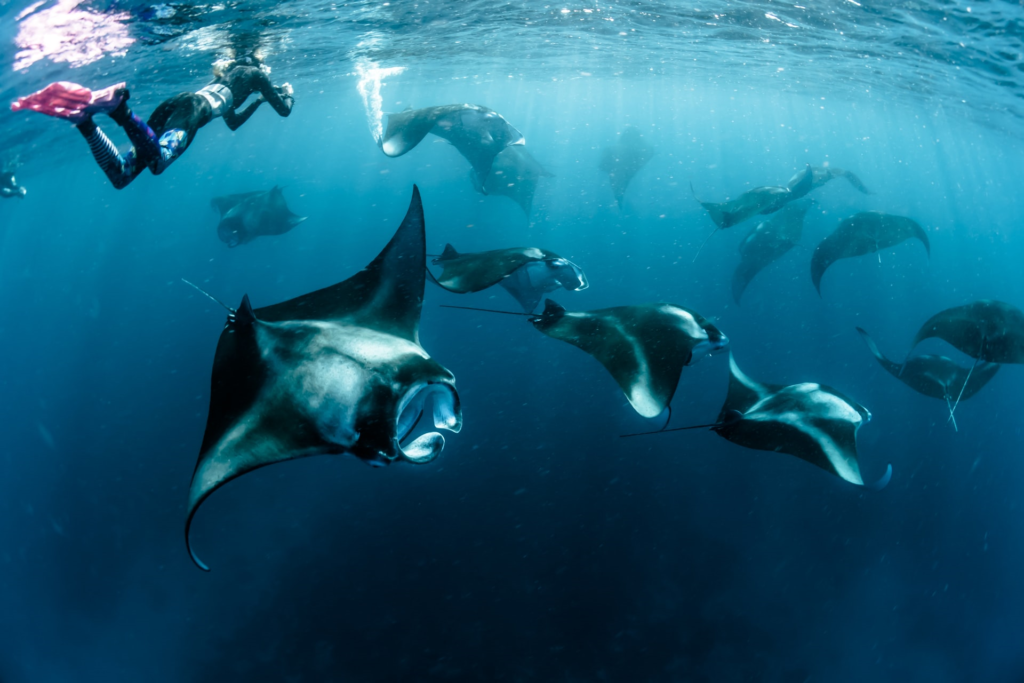(par 4.2.4.1) ANIMAL AND PLANT ADAPTATIONS AND BEHAVIOURS

http://www.bbc.co.uk/nature/adaptations Adaptations help organisms survive in their ecological niche or habitat; adaptations can be anatomical, behavioural or physiological. Anatomical adaptations are physical features such as an animals shape. Behavioural adaptations can be inherited or learnt and include tool use, language and swarming behaviour. Physiological adaptations include the ability to make venom; but also more general […]
(par 4.2.2.4) Stratification (vegetation) – From Wikipedia

From Wikipedia, the free encyclopedia https://en.wikipedia.org/wiki/Stratification_(vegetation) Vertical classification of vegetation in a forest showing the tree, shrub and herbaceous layers and the forest floor Stratification in the field of ecology refers to the vertical layering of a habitat; the arrangement of vegetation in layers.[1] It classifies the layers (sing. stratum, pl. strata) of vegetation largely according to the different heights to which their plants […]
(par 4.2.2.3) Species with a Large Impact on Community Structure

http://www.nature.com/scitable/knowledge/library/species-with-a-large-impact-on-community-13240710 By: Delbert L. Smee (Texas A&M University at Corpus Christi) © 2010 Nature Education Citation: Smee, D. (2010) Species with a Large Impact on Community Structure. Nature Education Knowledge 3(10):40 Of course predators consume prey, but in doing so, they may have broader impacts on communities as a whole. That is to say, predators help to maintain a balance among organisms, both by consuming prey […]
